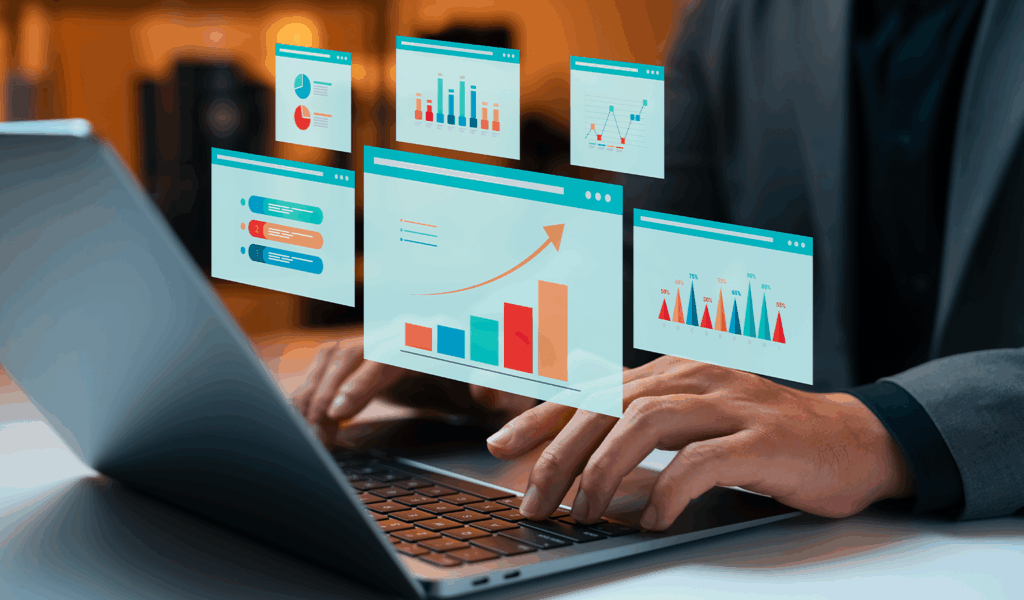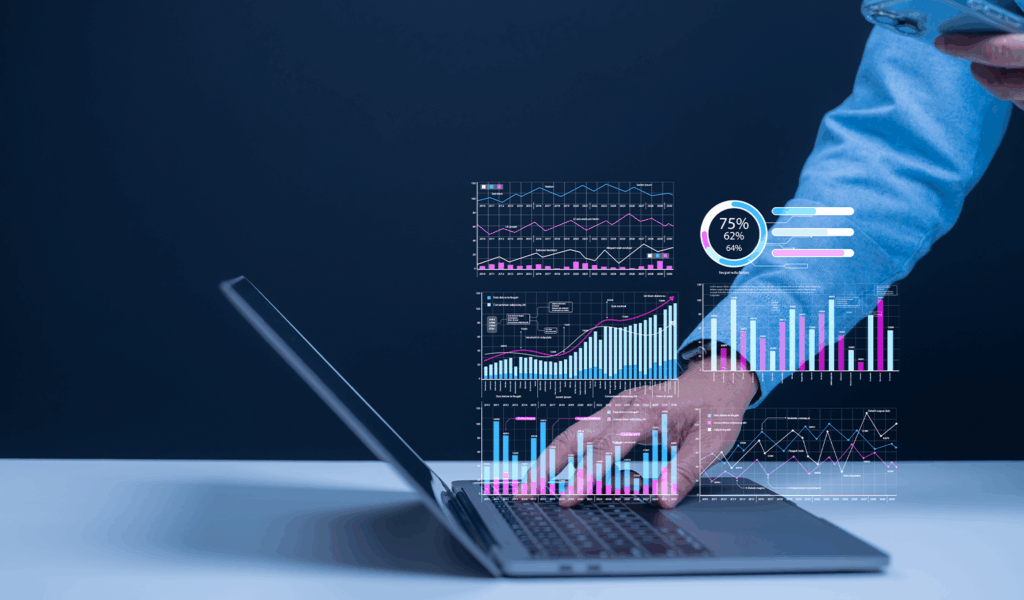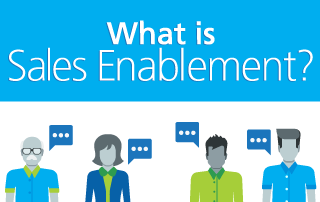sales-enablement
A Brief Look at the History of Sales Enablement
With all the growing hype about sales enablement, it’s easy to believe that the concept is new and innovative. While that’s half true (in that sales enablement is constantly coming up with more innovative ways of doing things), the truth is that it has been around for a very long time. As B2B sales has evolved over the years, sales enablement has been leading the way, pulling the industry along through every breakthrough.
Below, we’ve covered some of the milestones that sales enablement has achieved through the ages.
The Origin of Sales Enablement
For as long as there have been businesses, there have been companies capitalizing on the need to supply goods and services to other companies. While there aren’t many records of B2B sales transactions during early history, there’s no denying that it played a role in establishing selling relationships between businesses as an essential part of regular commerce.
The 1930s: Written Sales Advice
Would you believe me if I told you that How to Win Friends and Influence People was written in 1936? The self-help book, written by Dale Carnegie, is still so popular that you can find it on the shelves at Walmart today. With more than 15 million copies sold, there’s no denying that Carnegie’s advice has aided sales reps in improving customer relationships.
The 1940s-1960s: Say Hello to the Traveling Salesman
While “traveling salesman” might make you think of the Kirby Vacuum salesman that were oh-so-good at convincing housewives that they needed a carpet cleaner, salesmen also hit the road to meet with businesses.
During this time, sales reps leveraged whatever technology was at their disposal to meet with more people faster. Take the image to the right: it’s of Mike Dreschler, who used motorized roller skates to get from point A to point B in a flash.
1980s: Sales Methodologies Add Structure to the Sales Process
While sales reps used a variety of techniques throughout the early 1900s, the 1980s saw the advent of a formal process utilized by reps throughout the country. The first methodology to hit it big was Strategic Selling, an approach developed by former IBM sales reps. While there wasn’t a whole lot of substance to strategic selling, it did broach the idea of addressing the complexity of the B2B sales process. Strategic Selling was quickly followed by other sales methodologies such as SPIN selling, an approach where sales reps acted in more of a consultative role.
Another huge breakthrough of the 1980s was the invention of the mobile phone. In 1983, Motorola sold their first cell phone. While not many reps could afford to take advantage of the exclusive technology, it wasn’t long before cell phones were commonplace. Mobile selling became a lot easier.
The 1990s: A World of Information at the Click of a Button
When the internet became available to the public in 1991, it rapidly became a gamechanger for B2B sales. The technology affected buyer and sales rep alike. Instead of being the holder of all information related to a product or service, sales reps now had to adapt to sell to a well-informed audience.
Fortunately, sales teams also stood to gain from computers. Not only could they communicate with their prospects over email, but they could also embrace the efficiency and greater capacity that computers had to offer for data storage. In 1990, Microsoft created their PowerPoint program, forming a bedrock for sales presentations that’s still quite popular today.
During the dot com boom, many great sales tool companies got their start. The meeting platform Webex formed in 1995, and in 1999, Salesforce started a customer relationship management software company out of a one-bedroom apartment in San Francisco.
The 2000s: Sales Technology Gains Real Traction
While the technology companies formed in the 90s became essential to the sales process, the power of sales enablement revealed one innovation after another after another. Companies like Marketo and Hubspot connected sales and marketing efforts. Content management solutions like Box and Dropbox came along, making it easier for teams to share sales resources.
Social media platforms such as LinkedIn, Twitter, and Facebook gained prominence during this time, which led to sales reps capitalizing on this new way to interact with and learn about prospects.
Another key shift in sales enablement occurred during the mid-2000s. As more and more information became readily available online, companies started taking advantage of it by leveraging big data analytics. A 2003 study by IDC found that businesses who used predictive analytics generated an average ROI of 145%. With stunning metrics like that, sales analytics were quickly on their way to becoming the next big thing.
SEE ALSO: How Business Analytics Has Evolved Over Time
The 2010s: The Scientific Approach to Selling
With sales analytics to drive operations, sales has become less about a certain methodology or personality and more of a numbers game. Simply input the data (or have it automatically tracked and input for you), and the big data engine will guide sales reps in the best actions moving forward.
Because of this powerful technology, sales enablement has become less about finding the latest newfangled tool to impress customers and more about doing more with less. B2B sales organizations are lean, mean, selling machines who utilize sales enablement to operate more efficiently and effectively simultaneously. The dozens of sales tools and software platforms are now being stripped down to the essentials, making it faster and easier for reps to do their job.
The Future: What’s Coming?
As an industry, B2B selling has not yet achieved the goal of total efficiency and effectiveness, but with sales enablement to drive change, our hope is that it will get there in the near future. As for 2017? Check out our predictions for where 2017 will take sales enablement.











